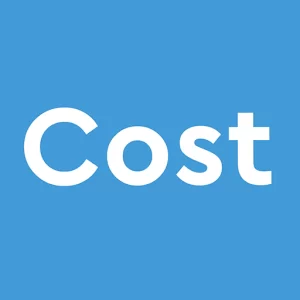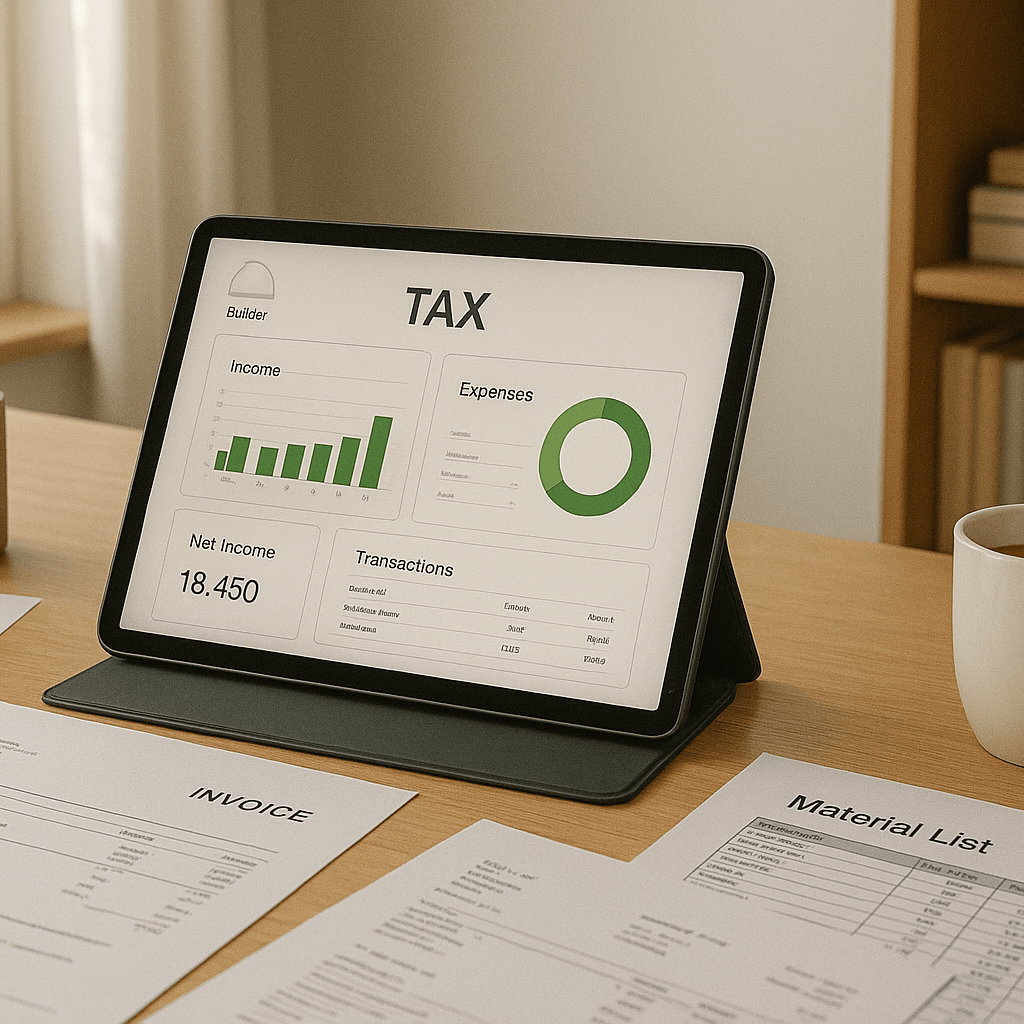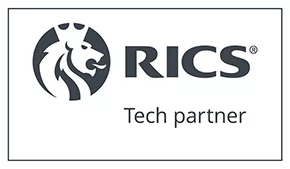Trying to quote professionally, win more work, and still protect your profit? Whether you’re on the tools or managing a team, understanding what a Quantity Surveyor (QS) includes in a cost estimate is essential. This pillar guide breaks down everything that goes into a professional construction estimate in the UK, so you can price jobs with confidence, protect your margins, and build trust with clients. From labour and materials to overhead and profit, this is your go-to reference for getting estimates right, every time.
Table of Contents
- Introduction
- Direct Job Costs
- Project-Specific Direct Expenses
- Overhead Allocation
- Contingency Allowances
- Profit Margin
- Exclusions and Assumptions
- Schedule and Timeframe
- Terms and Presentation
- Why It Matters
- Frequently Asked Questions
Introduction
A professional QS cost estimate is a strategic document built on real-world data and structured logic. It’s more than just a total cost, it’s a financial blueprint that ensures a project is viable, profitable, and fully understood. Below we explore the key components a QS includes in every detailed estimate.
Direct Job Costs
- Labour: Crew wages, setup time, supervision, overtime, and skill-based rates.
- Materials: Quantity take-offs, current supplier pricing, and delivery charges.
- Subcontractors: Based on quotes or historical rates, with allowance for coordination time.
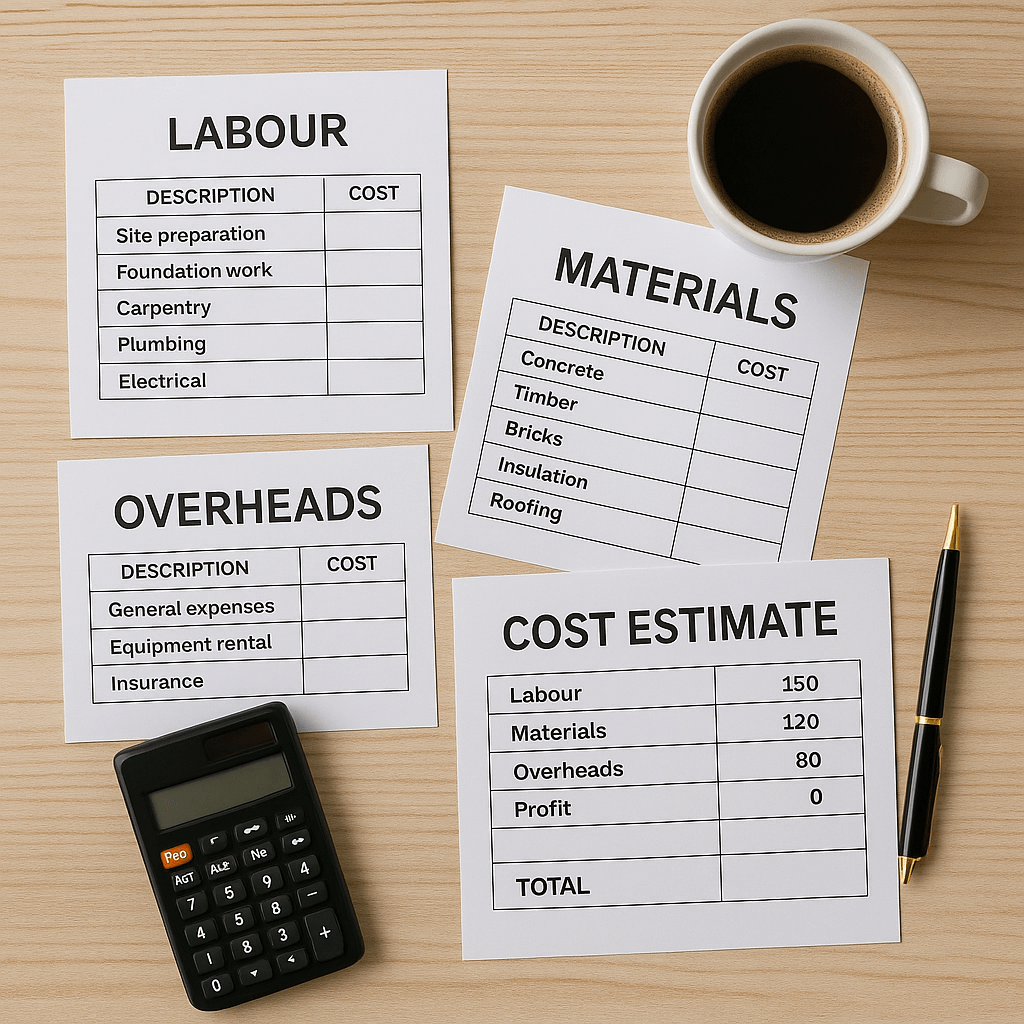
Project-Specific Direct Expenses
- Plant and equipment hire
- Temporary site services (e.g. toilets, barriers)
- Permits and statutory inspections
- Travel, fuel, waste disposal and logistics
These are often missed by inexperienced estimators and can erode profit if not included.
Overhead Allocation
Overheads are your fixed business costs. These include office rent, admin wages, software, insurance, phones, marketing, and business vehicles. A QS includes a proportional allowance for overhead in each project to ensure the business stays solvent, even when some jobs are delayed or under perform.
For a full breakdown of how to price for profit, read How to calculate your profit margin.
Contingency Allowances
A contingency is a buffer for minor unknowns and scope drift. It is not the same as profit. Typical allowances range from 5–10% depending on complexity and risk. A smart contingency helps absorb late changes without eating into your margin.
Profit Margin
Profit is not what’s left at the end, it is planned from the start. QSs apply a markup to total costs (including overhead and contingency) to ensure the project delivers sustainable margin. Most UK builders aim for 15–35% net profit depending on risk and/or location.
Exclusions and Assumptions
Good estimates also state what’s not included, things like ground remediation, major design changes, or bespoke finishes not shown in the drawings. Assumptions are used to define pricing logic when some details aren’t available. This avoids dispute later and protects your pricing integrity.
Schedule and Timeframe
The longer a project runs, the higher the labour and site costs. Time is money. QS estimates reflect a realistic duration for each stage and help you understand how delays will impact profitability.
Terms and Presentation
- Clear payment schedule (e.g. deposit, interim draws)
- Estimate validity period (e.g. 30 days)
- Cover summary sheet with headline numbers
- Breakdown by stage or trade, presented in a clear, easy-to-read format
Want a professional, client-ready estimate without the hassle? Try our affordable quote service.

Why It Matters
- Accurate estimates win trust and reduce disputes
Find out why precision matters in our guide: Why Accurate Estimates Matter More Than You Think.
- They protect your profit by pricing for real costs
See how rushed quotes can cost you in The Hidden Cost of ‘Quick Guess’ Pricing.
- They show professionalism to clients, banks, and partners
Learn the difference between quoting and estimating in Quoting vs Estimating: What’s the Difference?.
Frequently Asked Questions
What is typically included in a QS estimate?
A professional QS estimate includes all direct costs (labour, materials, subcontractors), direct expenses, overhead, contingency, and profit. It also outlines exclusions, assumptions, and payment terms.
How is a QS estimate different from a builder’s quote?
A QS estimate is a comprehensive breakdown based on detailed calculations and real costs. A builder’s quote may be less detailed and more prone to omissions, especially if rushed or based on guesswork.
Should contingency be included in a cost estimate?
Yes. Contingency protects the project and the contractor from unforeseen costs. It’s a sign of professionalism and risk planning, not overpricing.
How do QSs calculate overhead and profit?
Overhead is allocated proportionally based on business operating costs. Profit is added via markup—typically 40–70% depending on business model and risk.
Why is estimating accuracy so important?
Accurate estimates protect your profit, win trust, and reduce disputes. Inaccurate or vague estimates lead to cash flow problems, legal conflict, and lost credibility.
How long should a QS estimate take to prepare?
At Cost Estimator, our standard turnaround for a professional QS estimate is 5–7 working days. For urgent projects, we offer an express 24-hour service. Larger or more complex estimates may take longer, but we always communicate timeframes clearly upfront.
Can I use QS estimates to negotiate with clients?
Absolutely. A detailed, defensible estimate gives you confidence to stand by your pricing and explain value, helping avoid haggling or lowball comparisons.

